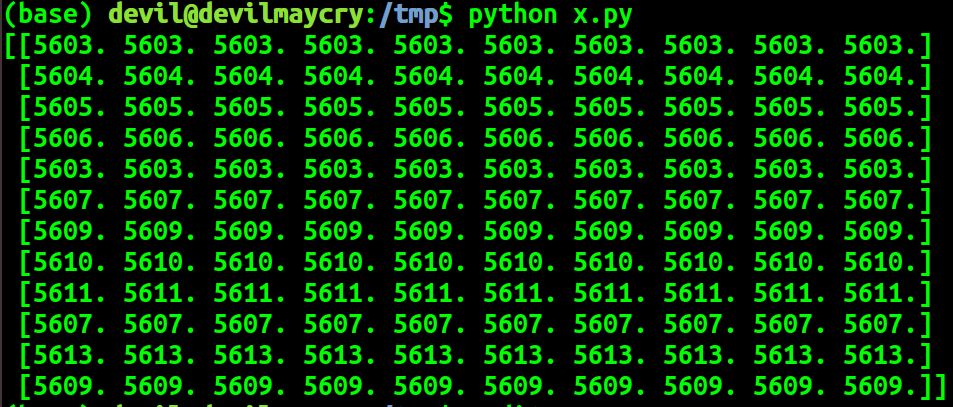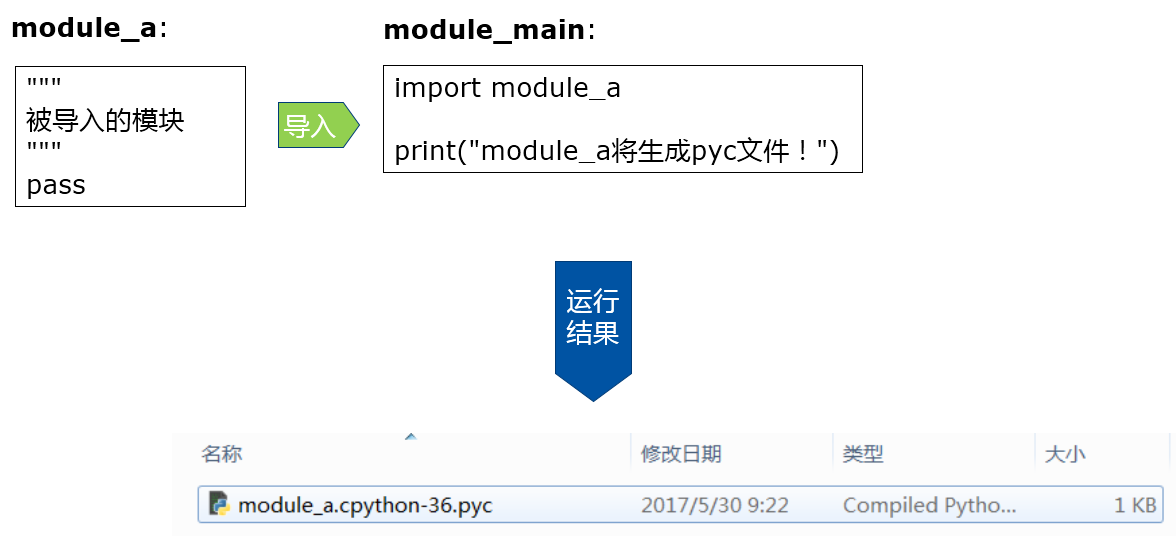最近在处理文本文件时,遇到编码格式和换行符的问题。
基本上都是GBK 和 UTF-8 编码的文本文件,但是python3 中默认的都是按照 utf-8 来打开。用不正确的编码参数打开,在读取内容时,会抛出异常。
open(dirpath + "\\" + file, mode = "r+", encoding = "gbk", newline = "")
捕获抛出的异常,关闭文件。使用另外一种编码格式打开文件再重新读取。
读取文件时,
newline参数用来指定读取时,对换行符的处理。缺省为 None,表示通用的换行符(“\n”),即文件的换行符是啥,读出来都是 “\n”.
newline = "" 表示读取的换行符保持不变,原来是啥,读出来还是啥。
newline = “\n” 表示遇到 "\n" 才一行结束,“\r” 像其他普通字符一样对待。
newline = “\r” 表示遇到 "\r" 才一行结束,“\n” 像其他普通字符一样对待。
在文件写入时,
newline = None时,写入的“\n” 自动都变为系统默认的换行符。所以 “\r\n” 在windows下会变成“\r\r\n”写入。
newline = "" 表示不做任何转换写入。
newline = “\n” 表示不做任何转换写入。
newline = “\r” 表示将 “\n” 和 "\r" 都当做 "\r" 进行写入,所以“\r\n” 会变成 “\r\r”进行写入。
案例:将源码下的所有makefile 文件中的 -c 参数前,加上 -g 选项。
import os
import re
os.chdir(r"E:\code")
s = os.walk(".")
pattern = re.compile(r"\s-c\s")
for dirpath, dirnames, filenames in s:
for file in filenames:
if file.endswith(".mak") or "makefile" in file: #部分以 .mak 结尾,部分以makefile命名
print(file)
with open(dirpath + "\\" + file, mode = "r+", encoding = "gbk", newline = "") as f: #newline为空串表示换行符不转换
try: #编码问题造成的异常
lines = f.readlines() #一次读取所有的行到内存
f.seek(0) #回到文件起始处
for line in lines:
#newline = line.replace(" -c "," -g -c ")
newline= re.sub(pattern, " -g -c ", line)
f.write(newline)
except ValueError:
f.close()
with open(dirpath + "\\" + file, mode = "r+", encoding = "utf-8", newline = "") as fnew:
try:
lines = fnew.readlines()
fnew.seek(0)
for line in lines:
#newline = line.replace(" -c "," -g -c ")
newline= re.sub(pattern, " -g -c ", line)
fnew.write(newline)
except ValueError:
print("*************** " + dirpath + "\\" + file) #打印utf-8 和 gbk 之外编码的文件名
以上这篇python3 读写文件换行符的方法就是小编分享给大家的全部内容了,希望能给大家一个参考,也希望大家多多支持。





